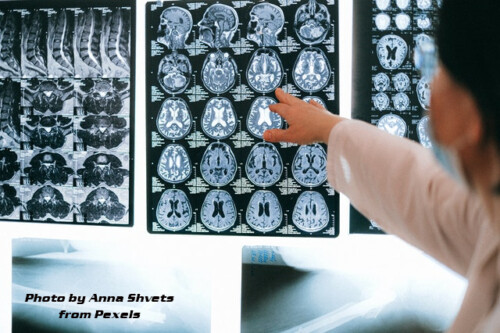Neuroplasticity in Action: Unraveling the Complex Tapestry of Brain Rewiring After Injury
Editorial Team
Neuroplasticity, also known as brain plasticity or neural plasticity, refers to the ability of the brain to reorganize itself by forming new neural connections throughout life. This process is particularly crucial in recovery after brain injury, as it allows the brain to adapt and compensate for lost functions. The mechanisms underlying neuroplasticity involve structural and functional changes at the cellular and network levels. Here are several key aspects of how the brain may rewire itself after injury:
1. Synaptic Plasticity:
- Long-Term Potentiation (LTP) and Long-Term Depression (LTD): These are processes where the strength of synaptic connections between neurons is increased or decreased, respectively. LTP and LTD play crucial roles in learning and memory, and they are also involved in adaptive changes after brain injury.
- Sprouting and Pruning: Neurons can grow new branches (sprouting) or eliminate existing ones (pruning). This can lead to the formation of new connections or the removal of unnecessary ones, helping to reorganize neural circuits.
2. Neurogenesis:
- Birth of New Neurons: While traditionally believed to occur mainly during development, recent evidence suggests that neurogenesis (formation of new neurons) may continue in certain regions of the adult brain, such as the hippocampus. This process can contribute to cognitive recovery after injury.
3. Cortical Remapping:
- Functional Reorganization: After injury, neighboring areas of the brain may take over functions that were previously handled by the damaged region. This can involve changes in the activation patterns of neurons, allowing the brain to compensate for lost functions.
- Cross-Modal Plasticity: In cases where one sensory modality is compromised, the brain may reassign functions to other sensory modalities. For example, a person who loses vision might experience heightened auditory or tactile abilities.
4. Axonal Sprouting:
- Formation of New Connections: Axonal sprouting involves the growth of new nerve endings. This process can be instrumental in creating alternative pathways for information transmission, bypassing damaged areas.
5. Reorganization of Cortical Maps:
- Sensory and Motor Maps: The brain’s representation of sensory and motor functions in different regions can be altered after injury. For example, in the case of a stroke affecting motor control, the motor cortex may undergo reorganization to compensate for the loss.
6. Experience-Dependent Plasticity:
- Learning and Training: The brain’s ability to adapt is influenced by experience. Purposeful training and rehabilitation exercises can enhance neuroplasticity, facilitating the formation of new connections and improving function in damaged areas.
7. Time Course of Plasticity:
- Critical Periods: There may be critical periods during which the brain is more receptive to plastic changes. However, neuroplasticity can occur throughout life, albeit to varying degrees depending on the specific type of plasticity and the brain region involved.
Understanding the intricate processes of neuroplasticity is crucial for developing effective rehabilitation strategies for individuals recovering from brain injuries or neurological disorders. Researchers and clinicians continue to explore ways to harness and enhance neuroplasticity to optimize recovery outcomes.

